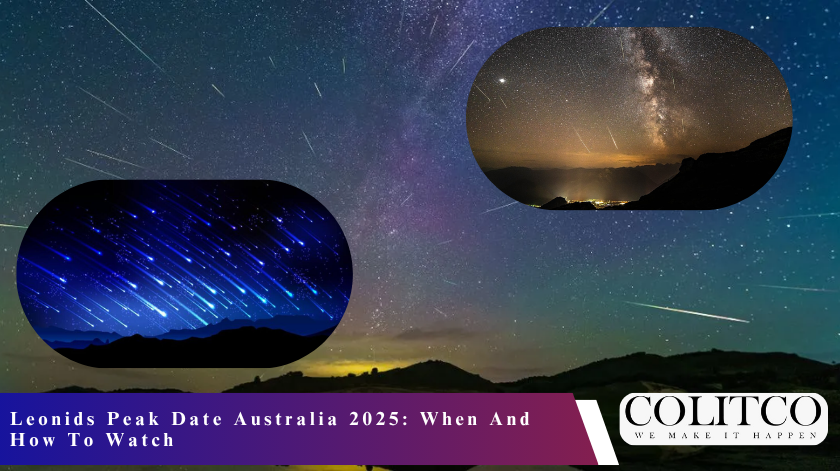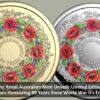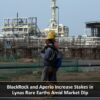Australia’s sky will soon be illuminated by an incredible display as the return of Leonid Meteor Shower returns. The skywatchers in the country will be able to see the best show ever in November, and the whole of Australia is going to be the best place to enjoy it.
What Is The Leonid Meteor Shower?
The Leonid Meteor Shower happens every year in November when the Earth moves through the Comet Tempel–Tuttle debris stream. This interaction between heavenly bodies makes it possible for the tiny pieces to glow until they are completely burnt out in Earth’s atmosphere, giving rise to brilliant light tails similar to shooting stars.
The meteor shower got its name from the constellation Leo, as the meteors look like they are coming from it. The phenomenon takes place every year, but is one of the most-watched and awaited celestial events globally. The parent comet travels around the Sun once in approximately 33 years and was last seen in 1998. So we will have to wait until 2031 for its next visit.
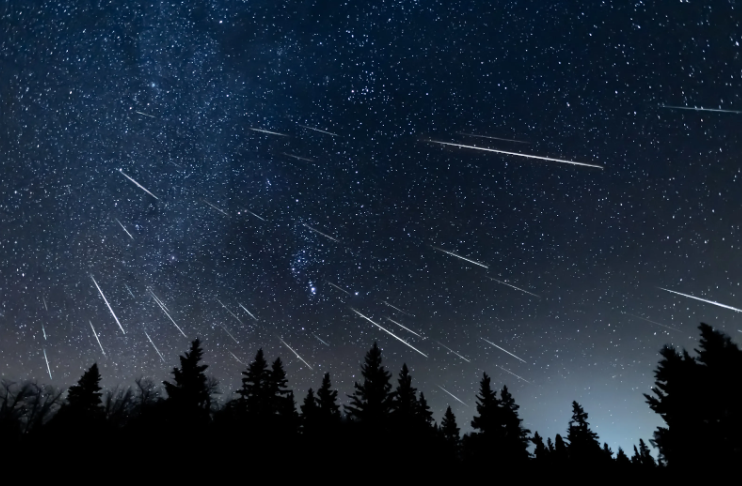
The Leonid Meteor Shower occurs yearly as Earth crosses comet debris.
When Is The Leonids Peak Date in Australia in 2025?
The Leonid Meteor Shower will display its beauty from November 6 to 30, but the peak night in Australia 2025 is on the 17-18 of November. The period will be the best for observing these heavenly bodies, as the number of meteors shot through the atmosphere increases enormously.
During the zenith period, the number of meteors that will be seen in Australia will be approximately 10 per hour, and the only condition will be that the nights are clear. For the people in different cities who are enthusiastic about it, the best viewing times are: Brisbane from 1 am to 5 am, Darwin from 1.30 am to 6.30 am, Perth from 2 am to 5 am, and Sydney, Melbourne, Canberra and Hobart from 3 am to 6 am. The observers in Adelaide should look at the sky between 3.30 am and 5.30 am.
Where Can You Watch The Leonid Meteor Shower In Australia?
The Leonid Meteor Shower Australia 2025 is going to be an event visible to all major cities, but the best experience will be in the countryside. Urban light pollution can completely conceal the meteors, so it is highly recommended to go to dark places.
Potential meteor watchers should get a clear view of the horizon and wait for 10 minutes till their pupils get used to the dim light. The meteors might come from any spot in the sky; therefore, it would be better to lie down and enjoy a view of the whole sky. Even if the clouds hide the meteors on the night of the maximum activity, they will still appear on clear nights all through November.
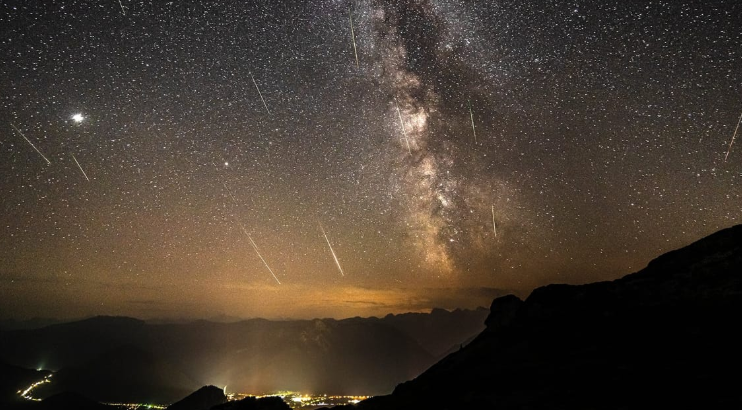
The Leonid Meteor Shower Australia 2025 will shine brightest in rural skies.
Why Is The Leonid Meteor Shower So Special?
The Leonids, while not as intense as some other annual meteor showers, nonetheless, their relation with Comet Tempel–Tuttle surely makes them distinct. The trail of dust from the comet is a yearly occurrence, and the Earth passes through it.
In some instances, the Leonids have led to meteor storms featuring hundreds of visible meteors per hour, although such events are rare. For the year 2025, the astronomers predict a combination of moderate and steady display, which is exactly the thing that both casual observers and amateur astronomers alike will be happy with.
What Other Meteor Showers Can Australians Expect In 2025?
The people who skip the Leonids meteor shower in November 2025 will be treated to the January Geminids. The Geminid Meteor Shower December 4 to 20, will peak on the night of December 14 to 15.
It is frequently considered the year’s most dazzling meteor event, with a maximum of 150 meteors per hour. Like the Leonids, it will be visible in both hemispheres, thus giving the Australians one more opportunity to catch a glimpse of the beautiful sky before the year comes to an end.
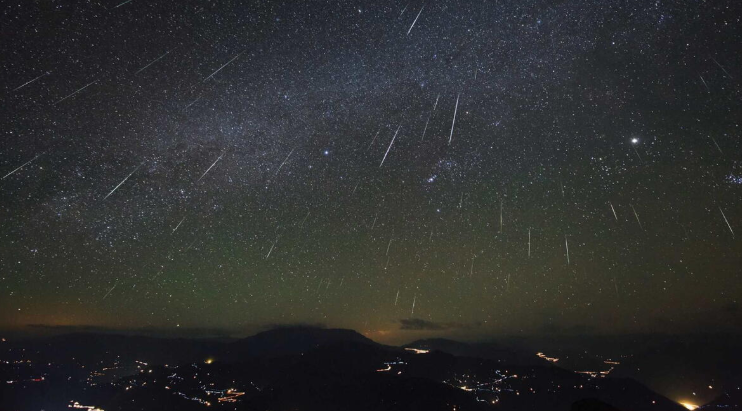
Those missing the Leonids 2025 can enjoy the Geminids in December.
Also Read: Orionid Meteor Shower Hits Peak Viewing Tonight Across Australia
FAQs
- What is the date of the Leonids’ peak in Australia for the year 2025?
The peak will be seen on the nights of November 17 and 18, with the very early hours being the best to observe them.
- Which location offers the best and most favourable conditions to see the Leonid Meteor Shower in Australia?
Lightless places in the countryside will give the best conditions for viewing.
- What is the number of meteors that can be seen at the time of the Leonids’ peak?
Under favourable conditions, astronomers might count as many as 10 meteors every hour.
- What is the reason for the occurrence of the Leonid Meteor Shower?
The collision of Earth with the comet Tempel-Tuttle’s waste area creates it.

